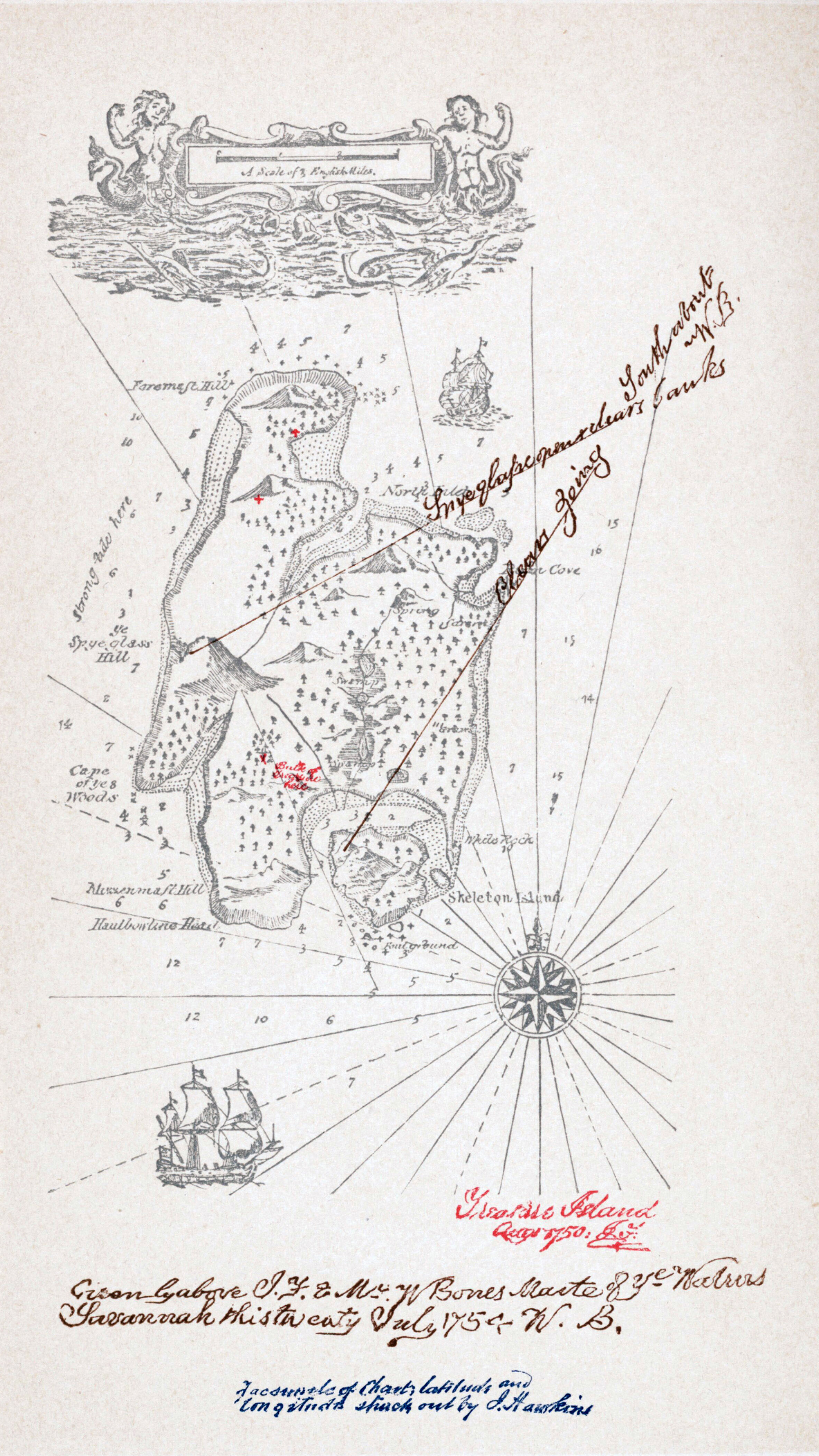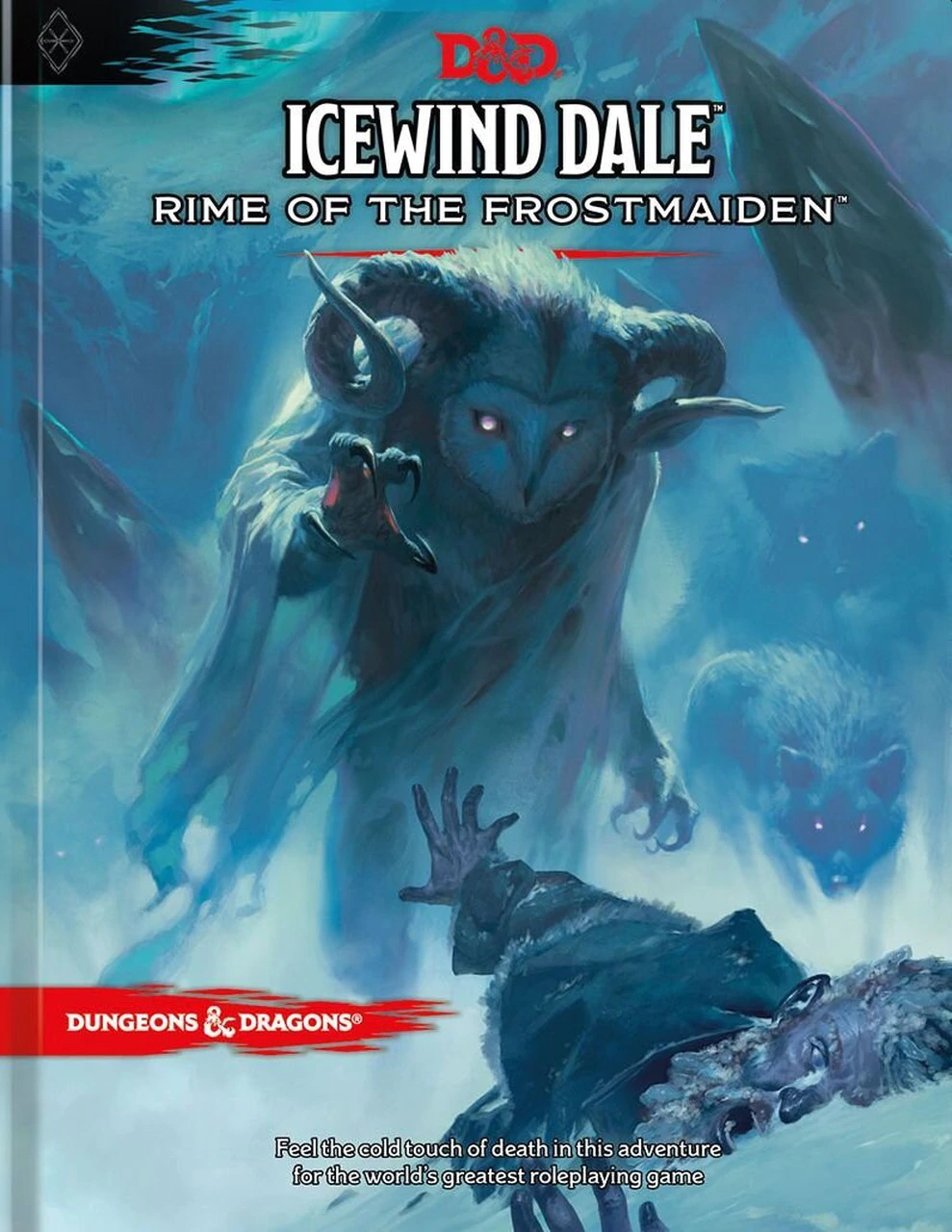A patron asked me to explain what I mean when I say “nonsense railroad.” (Which is something I occasionally do in reviews and online discussions.)
Let’s start by laying some groundwork.
First, in The Railroading Manifesto I defined “railroading” in an RPG as:
Railroads happen when the GM negates a player’s choice in order to enforce a preconceived outcome.
Technically, therefore, railroading can only happen at the actual game table. In practice, though, we’ll talk about “prepping a railroad” or “railroaded adventures,” by which we mean scenarios which require the PCs to make very specific choices, therefore forcing the GM to railroad the players into those choices to avoid having the scenario fall apart.
Tangentially, this is a pretty basic tip: Don’t prep what the PCs will do, because (a) that requires precognition and (b) deciding what the PCs are going to do is the players’ responsibility. Instead, prep interesting and provocative situations that create rich opportunities for the PCs to make decisions and give you, as the GM, the toys you need to actively play the world in response to those decisions.
But I digress.
Second, if you do want to design and run a railroad — (please don’t!) — then the secret to making it work even some of the time, as I describe in How a Railroad Works, is to make sure that every choice is obvious and appealing: You need the players to know what they need to do and you need them to want to do it.
A nonsense railroad is basically what you get when a railroaded adventure doesn’t do that. Instead, the actions mandated by the nonsense railroad are hidden, capricious, unlikely, and/or idiotic.
For example, imagine that the PCs are playing Triads locked in a gang war with another organized crime outfit. Then imagine an adventure in which, unprompted:
- The players have to decide that they should make peace with the rival gang at an arbitrary point in the gang war.
- The players have to propose that peace talks take place at the rival gang lord’s mansion.
- During dinner at their rivals’ mansion, one of the PCs needs to sneak away and break into the rival gang lord’s office.
- Once in the office, they need to take the time to search through all the file cabinets.
- This will not give them any information about the gang lord’s business affairs, but they will find one scrap of paper that says “something weird is happening at one of our warehouses at the docks.”
- They need to immediately leave the dinner and go down to the warehouse in order to interrupt the voodoo ritual being performed there.
And, again: All of this needs to happen unprompted. None of them are given a reason to be done, many of them are completely illogical, and quite a few are actually the opposite of motivated — they’re actively inimical to the PCs’ agenda.
This is not, bizarrely, an exaggerated example. I’ve seen much worse than this on countless occasions, including professionally published adventures. Strangely common varieties include:
- “I’ve mentioned some random object, why aren’t you stealing it?”
- “You’ve got rock solid evidence that So-and-So is guilty of the crime you’re investigating, but please don’t do anything with that evidence because the adventure will immediately break.”
- “I think we can all safely assume that the PCs will leave the pocket-sized object they’ve been sworn to protect unguarded in their hotel room while they go shopping. There’s absolutely no chance that they’ll take it with them or leave one of the PCs behind to keep an eye on it.”
And so forth.
If you’re familiar with the old computer adventure games, then you’ve likely encountered this same type of tortured logic in a different guise.
In short, a nonsense railroad is an adventure where the PCs are required to perform a predetermined sequence of specific actions, which they will certainly NOT take of their own volition because the actions make no sense, and — when they’re clumsily and overtly forced to take those actions — they will feel stupid doing so.
(Because, again, they make no sense.)
Railroads are bad and nonsense railroads are their nadir. They are overtly hostile to the players and, when published, an act of sabotage aimed at the unwitting GM.
















